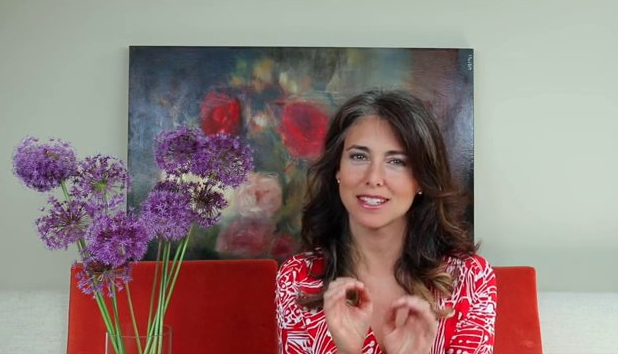
How early did you start perceiving your world? Was it when you were a toddler? After you were born? Recently, a colleague lent me his copy of Louis Cozolino, Professor of Psychology at Peperdine University’s book, The Neuroscience of Human Relationships: Attachment and the Developing Social Brain. In it, Cozolino shares relevant neuroscience research (largely guided by his friend and colleague, Dan Siegel) and touching first-person accounts from his private practice.
I was particularly taken by what to many might seem like one of the less important paragraphs called -Integration. In it, Cozolino gives a simple, yet detailed explanation of how many parts of our brain find a way to work together because we are interacting with our environment. He says this:
“Our physical experience provides us with patterns of bodily movements, relationships between objects, and a sense of ourselves in space- a kind of sensory, motor, visceral grid- that serve as the infrastructure of our developing thought. As children we might repeatedly put blocks into a pail and then dump them back out. We may experience the acts of eating and drinking as putting something into our body, only to have it come back out, and when we go to sleep, we may see it as disappearing into bed each night and then reappearing each morning. These repeated patterns of physical containment are used to organize and understand ore abstract notions, such as when we “come out” of hiding during a game of hid and seek, when we manage to “get out” of trouble, or when we “fall in” love. Our experience and understanding of these concepts are embedded in our physical sense of moving in and out of containment.” p.72
I say this quote is likely, “less important” because it is rare to hear scientists and academics speak about, “our sense of ourselves in space”, serving, “as the infrastructure of our developing thought.”
Around my house, my man and I discuss this modernist dilemma- the one that for hundreds of years places greater trust, enthusiasm, and emphasis on thought leading the evolution of body, earth, and life rather than the two co-creating one another. We happen to both subscribe to a sort of “inversion” to that belief, one that Cozolino beautifully speaks to, which simply says, “We know ourselves through relationships; with our bodies, with others, and with our environment.”
Cozolino’s generous thought (grown out of his experience) spurred another thought in me (also grown from my experience)…
In-out spatiality, in addition to infantile and early childhood experiences, is also based in embryological and fetal experiences. Our gut for instance, begins outside our bodies, and just weeks into our gestational growth, is taken inside, only to emerge outside again in the relational gesture that binds us umbilically to our mothers.

human embryo at 22 days, note enlarged red heart below brain structures (early cerebrum in blue and early spinal cord and nervous system in yellow).
Our heart too begins outside our bodies. It is enormous and so all-encomapssing that it makes up a third of our bodies. Later, it draws inwards and downwards.
It’s likely you’ve found your way to this post because you’re not in the materialist camp and are actually in “the inversion” as well. It’s possible you’ve discovered experience grows through what your body tells you, that you come to yourself by approximating to and detecting qualities like temperature, texture, and tone of those and that around you.
None of us gesture, become, or think unless our persons are stimulated by the proximity of another. That other can be energetic, physically formed, human, animal, or plant. Relationship precedes growth, or rather it forms some of the substrate for growth. Without relationship to other life, we die.
For this very reason, this week I encourage you to become the catalyst for another’s growth. Growth is reciprocal, it is the leading edge of our unknown and next best step, where together we build the crucible inside which life’s next iterations emerge.
Here’s to a future we all can belong to
Please enjoy this week’s episode of, The Sahius, which speaks to an act you can do that changes the future for all of us.
Do you have any experience working with or gazing into a baby’s eyes? What did you see? Learn? Share your comments by clicking on the blog title and scrolling to the bottom of the page.


